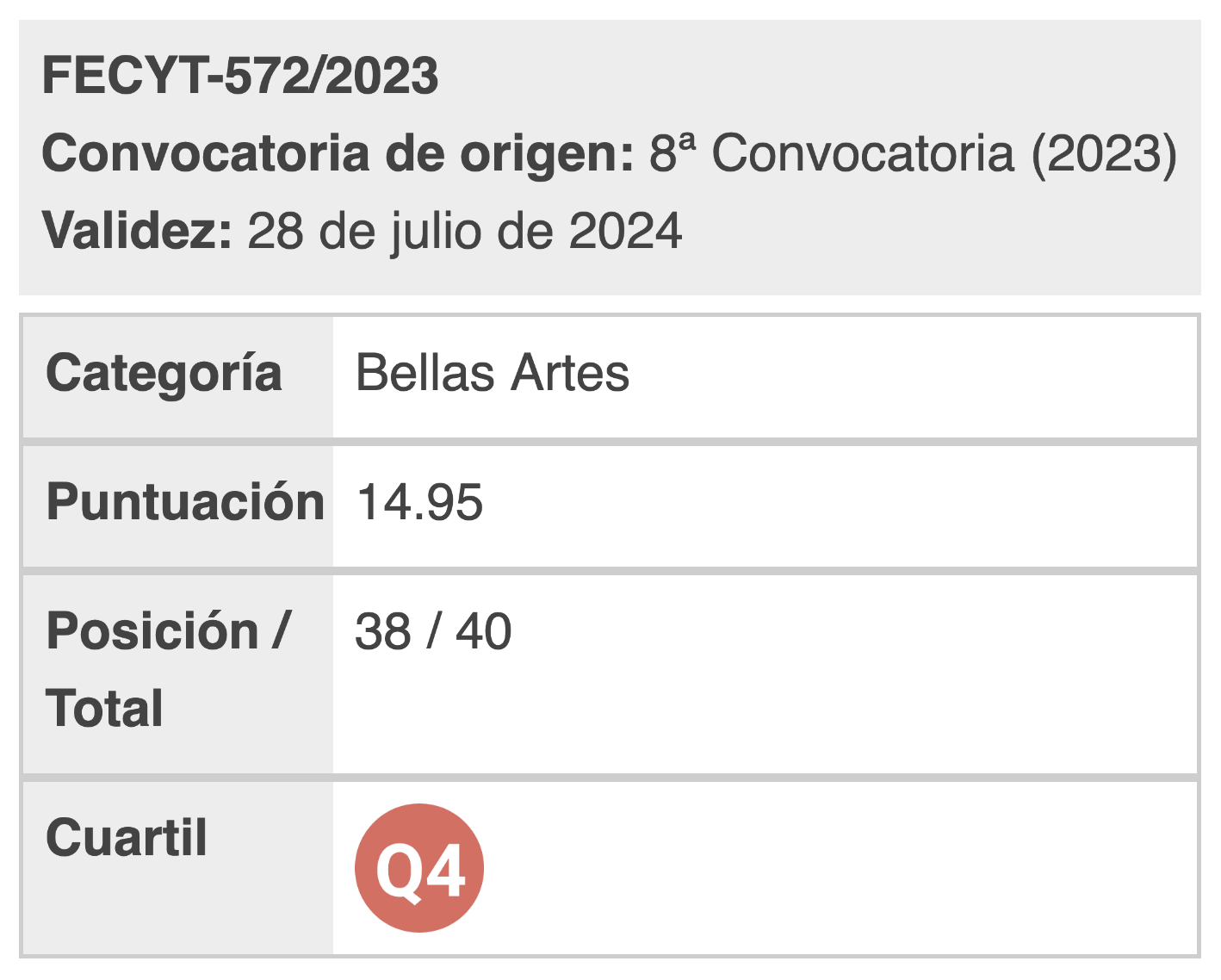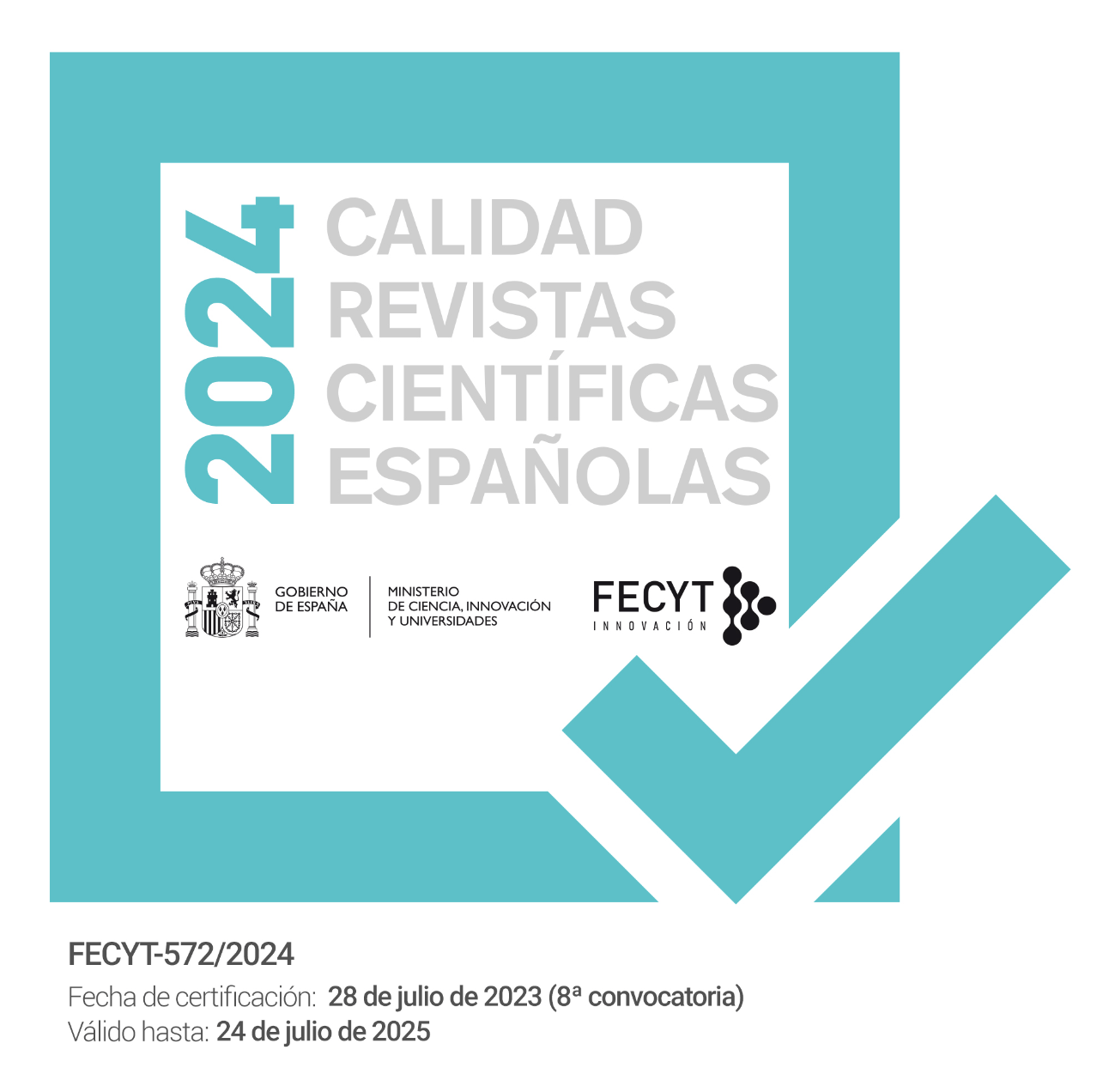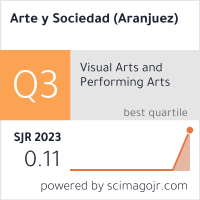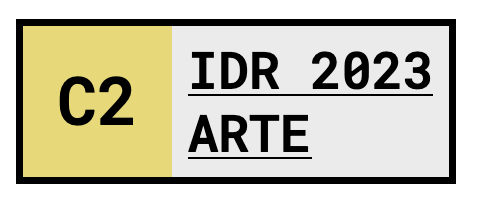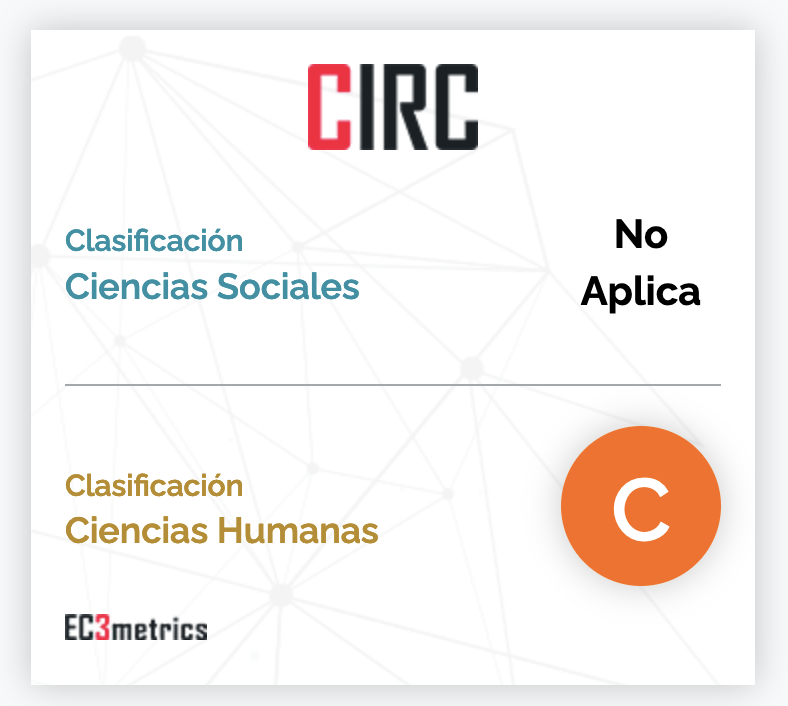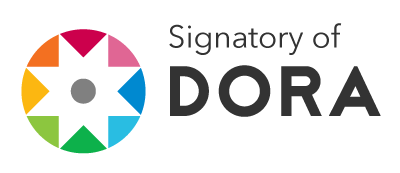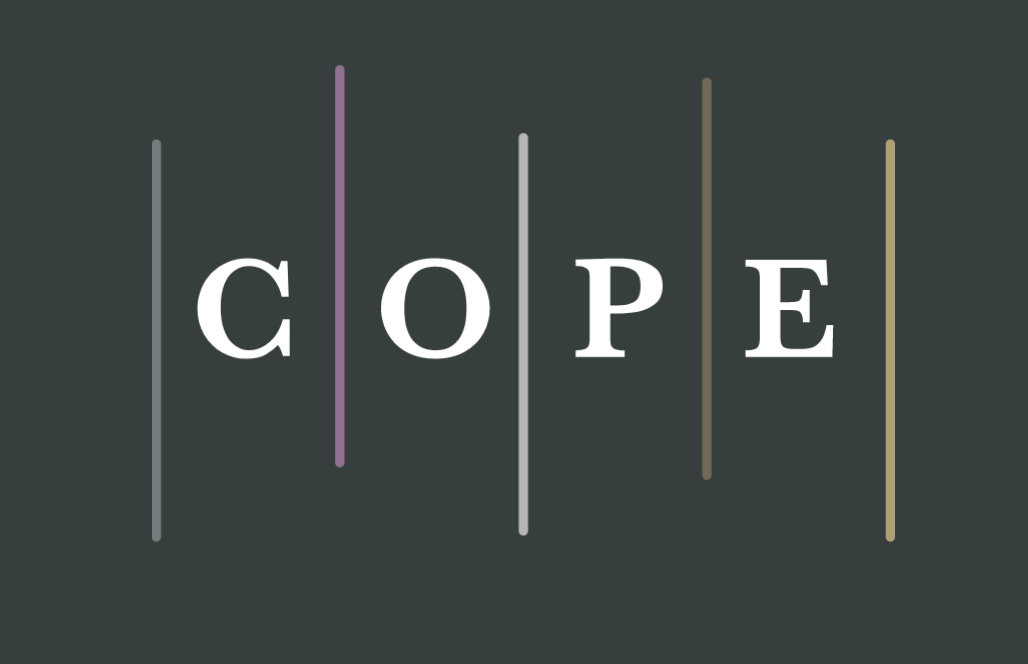GPT Icon Numerical Hallucinations in Computational Art
From Imperative Operativity to Informational Contingency
DOI:
https://doi.org/10.33732/ASRI.6812Keywords:
Technical image, operativity, contingency, information, computational art, hallucinationAbstract
This article addresses how images resulting from massive data analysis are characterized by a kind of imperative operativity that establishes them as action models for their receivers. At the same time, the systems that generate these images are contingent systems that determine whether these images are informative or redundant at the data level. Using the theories of thinkers such as Vilém Flusser and Harun Farocki as a central axis, we will delve into what this imperative operativity of the image means, both as a meaningful surface and as data within a computational process. Subsequently, based on the thought of Yuk Hui, we will propose that the contingent nature of the computational processes that generate and are fed by these technical images determines the shift from the redundant image to the informative image, considering this approach from the perspective of media archaeology, that is, considering the image from a temporal dimension. Finally, we address from an artistic standpoint the imperative operative and contingent informative nature of the current production of images as part of the databases that feed computational art, to question the concept of the image and allow us to propose that these are, rather than images, numerical hallucinations.References
-Baitello Junior, N. (2019). Comunicación y Cultura: La era de la Iconofagia. Ediciones Fragua.
-Castro, E. (Comp.). (2004). Diccionario Foucault. Siglo XXI Editores.
-Chávez, J., Sánchez, N., & Zamora, F. (2010). Arte y diseño, experiencia creación y método. Ediciones FAD
-Ernst, W., Luna Vilchis, M. Á., & Sanabria Colín, M. (2023). Cómo los tecnólogos "responden" a lo que suele ser llamado "imagen". Una respuesta arqueológica medial al "cuestionamiento sobre la ontología cambiante de la imagen". El Ornitorrinco Tachado. Revista de artes visuales, (17), 1-11. https://ornitorrincotachado.uaemex.mx/article/view/21567. doi: https://doi.org/10.36677/eot.v0i17.21567.
-Farocki, H. (2013). Imagen y palabra. Caja Negra Editora.
-Flusser, V. (2001). Hacia una filosofía de la fotografía. Schilling tr. Editorial Síntesis.
- Flusser, V. (2011). Hacia el universo de las imágenes técnicas (Zamora, trad.). Universidad Nacional Autónoma de México.
-Foucault, M. (1969). La arqueología del saber. Siglo XXI Editores.
-Luna, M., & Sanabria, M. (2024). Constelaciones imaginales. Revista Concepcao.
-Machado, A. (2007). La fotografía como expresión del concepto. En J. de la Ferla (Ed.), El medio es el diseño audiovisual (pp. 111-119). Universidad de Caldas.
-Morales, J. (2021) From poetical science to GANism: A selective history of the art in artificial intelligence. Electric Artefacts. https://www.electricartefacts.art/news/from-poetical-science-to-ganism-a-selective-history-of-the-art-in-artificial-intelligence
-Parikka, J. (2010). Arqueología de medios. Ediciones Manantial.
-Parikka, J. (2021). Una geología de los medios. Caja Negra Editora.
-Parikka, J. (2023). Operational Images: Between Light and Data. eflux. https://www.e-flux.com/journal/133/515812/operational-images-between-light-and-data/
-Rodrigo Alsina, M. (1995). Los modelos de comunicación. Editorial Tecnos.
-Onneto, B. (2016) Vilém Flusser y la cultura de la imagen. UACh Ediciones

Downloads
Published
How to Cite
Issue
Section
License

This work is licensed under a Creative Commons Attribution 4.0 International License.
You are free to:
Share — copy and redistribute the material in any medium or format.
Adapt — remix, transform, and build on the material for any purpose, including commercial.
Attribution — You must properly acknowledge the authorship, provide a link to the license, and indicate if any changes have been made.
You may do so in any reasonable manner, but not in any way that suggests that you endorse or receive any endorsement by the licensor for your use.
No additional restrictions — You may not apply legal terms or technological measures that legally restrict you from doing what the license allows.



